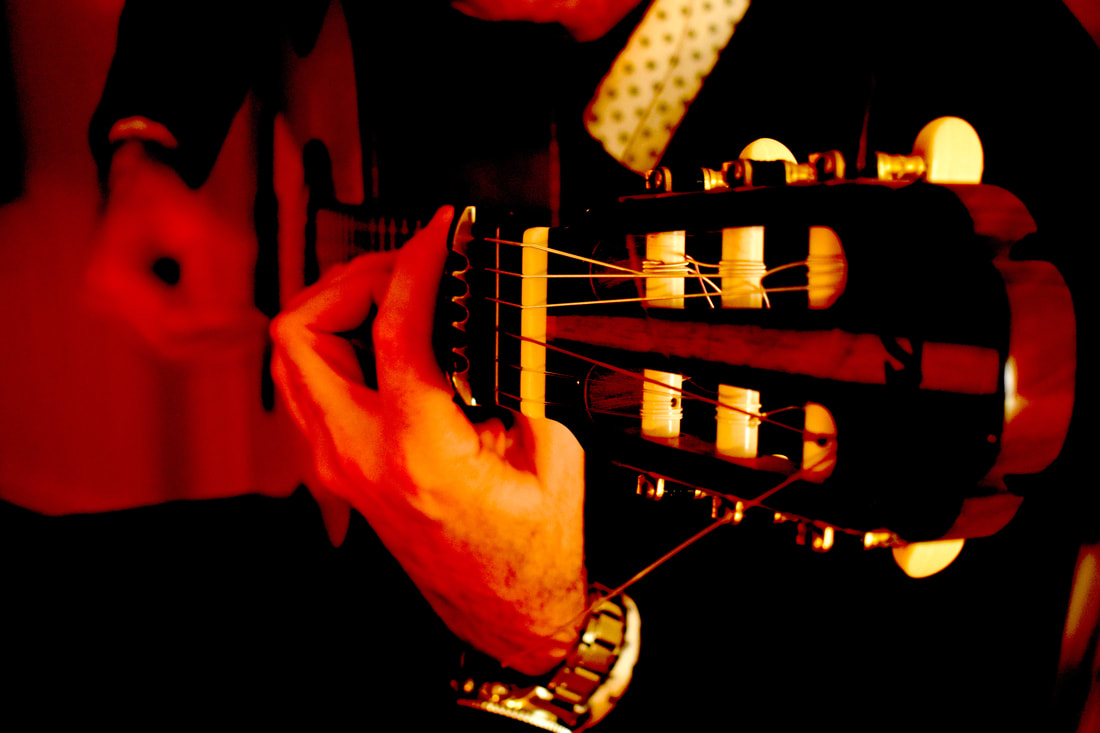In this post we'll be looking at some of the things beginner and intermediate players need to keep in mind while practicing flamenco guitar. Flamenco guitar is mostly about your right hand technique, so we will dedicate space to that in particular.
First of all – get your posture right – if you don't, but are serious about practice, you will bake into your habits bad technique that will injure you, and slow down your playing. Not a good idea. Get it right.
Next, your two friends are a mirror and a metronome – the two Ms.
The mirror is useful to see both if your posture is right, or if you're slouching. It is also helpful to watch your right-hand, in case there are technique errors (more below).
The metronome naturally is to keep you in time while you practice both the left and right hand.
The rasgueos – your right hand – is what makes flamenco guitar. So review the right hand guitar technique. We have a video on the left hand technique too, to keep in mind
What can I substantively practice?
Even without chords, and just knowing a basic rasgueo for the rumba, you can practice the below.
Likewise, just looking at rhythm – no chords involved, the right hand gives you plenty of variations to practice with – see here: https://youtube.com/shorts/SFv...
Scales to practice
The buleria is a popular palo involving rhythm and dancers. One thing to practice beyond the rhythm is a typical buleria scale, as Rafael demonstrates below
We have a separate article on flamenco scales available.
What else can I practice? Such as Flamenco Chord Sequences
In our article on Flamenco Chords we discuss common chord sequences and suggest you review this.
Just remember t keep both your hands – left and right – relaxed!
Last and certainly not least, listen to the classical flamenco songs to understand how chords are used in context; how the melody, the feeling and emotion develops. Try to play along with them. We've listed some common flamenco guitar players on another page.
Learn from a Master Who's Performed for Royalty: Start Your Flamenco Journey Today
- Unlock this article & video library for free
- Join thousands of guitarists who finally got past only 'knowing some basic chords'
- Learn flamenco from a lifelong performer & celebrity teacher from Madrid
- Rafael has taught EOB (Radiohead), Jack Peñate & played for HRH Elizabeth II (etc)
By entering your email you agree to receive email updates from Flamenco With Rafael. See our Privacy Policy.




